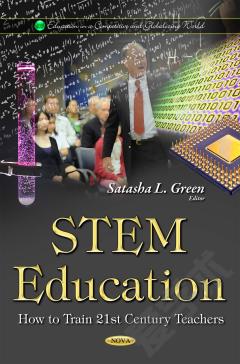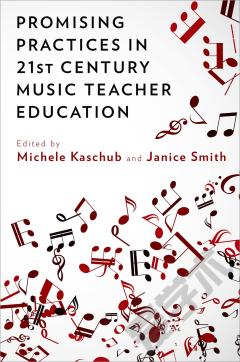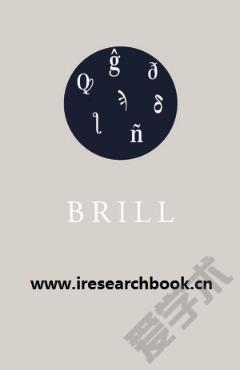STEM Education: How to Train 21st Century Teachers
Advancing education in science, technology, engineering, and mathematics (STEM) in U.S. public schools has been at the forefront of educational issues and a national priority (President’s Council of Advisors on Science and Technology, 2010). The nation’s changing demographics and continued need to remain globally competitive makes it clear that colleges and universities must increase the number of teachers trained in STEM education (Katehi, Pearson, & Feder, 2009). Students in U.S. schools are academically behind their international peers in STEM areas. Currently, the U.S. ranks 17th in science and 25th in mathematics among other nations (National Center for Education Statistics, 2011). President Obama stated that it is a “national imperative,” to train 100,000 STEM college graduates over the next decade (America Chemical Society, 2012). In addition, colleges and universities will need to prepare 25,000 new K-12 teachers in STEM (Boynton, 2012). In order to meet this ambitious goal, U.S. teachers/education professionals must educate and engage students to pursue STEM disciplines including attracting underrepresented groups (e.g., girls and persons of color) into the STEM pipeline (CADRE, 2011; Custer & Daugherty, 2009). There is universal agreement that teachers do matter and, moreover, there exists empirical support that student learning is affected by the qualifications of teachers. This is especially true in mathematics, which is the foundation for all future STEM learning (CADRE, 2011). Although almost all U.S. teachers hold at least basic qualifications (e.g., a bachelor's degree and teaching certification), many are teaching subjects for which they lack adequate academic training, certification, or both.
{{comment.content}}








 京公网安备 11010802027623号
京公网安备 11010802027623号